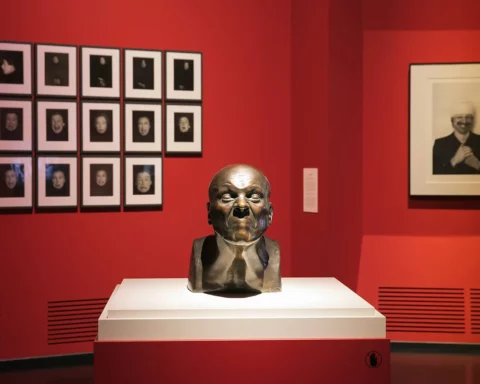What did Le Corbusier, Henri Toulouse-Lautrec, Pablo Picasso, and several other artists of the 19th century have in common? The surprising answer is – a chair. Not just any chair – the famous chair, manufactured in Central Europe. The rocking chair version even featured prominently in Pablo Picasso’s studio, and Albert Einstein is known to have had a pair.

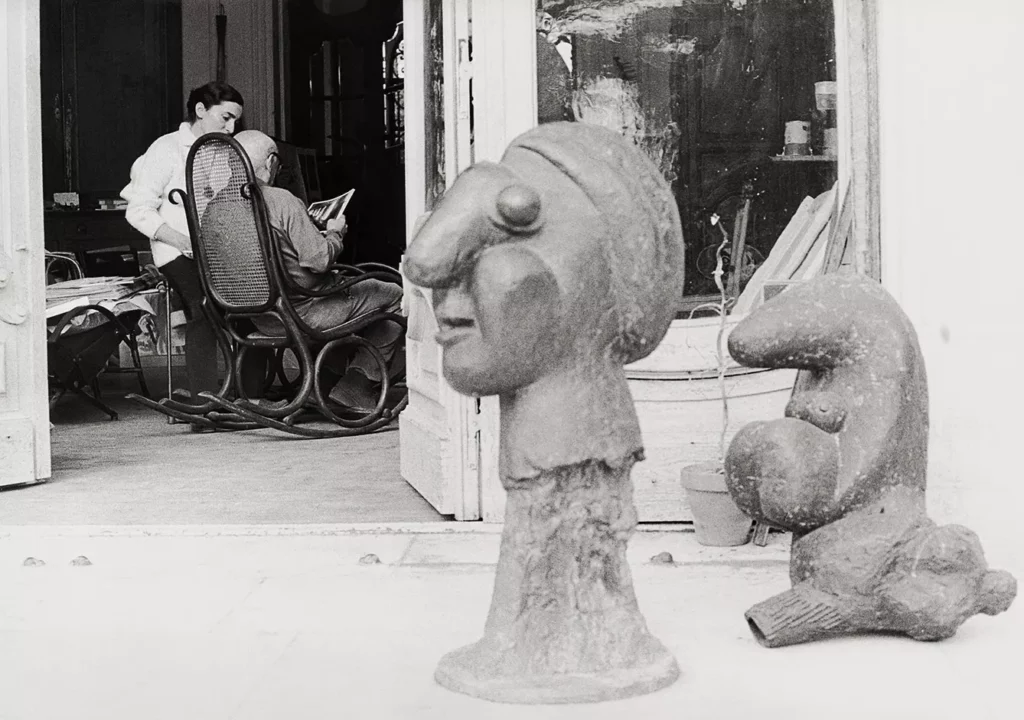
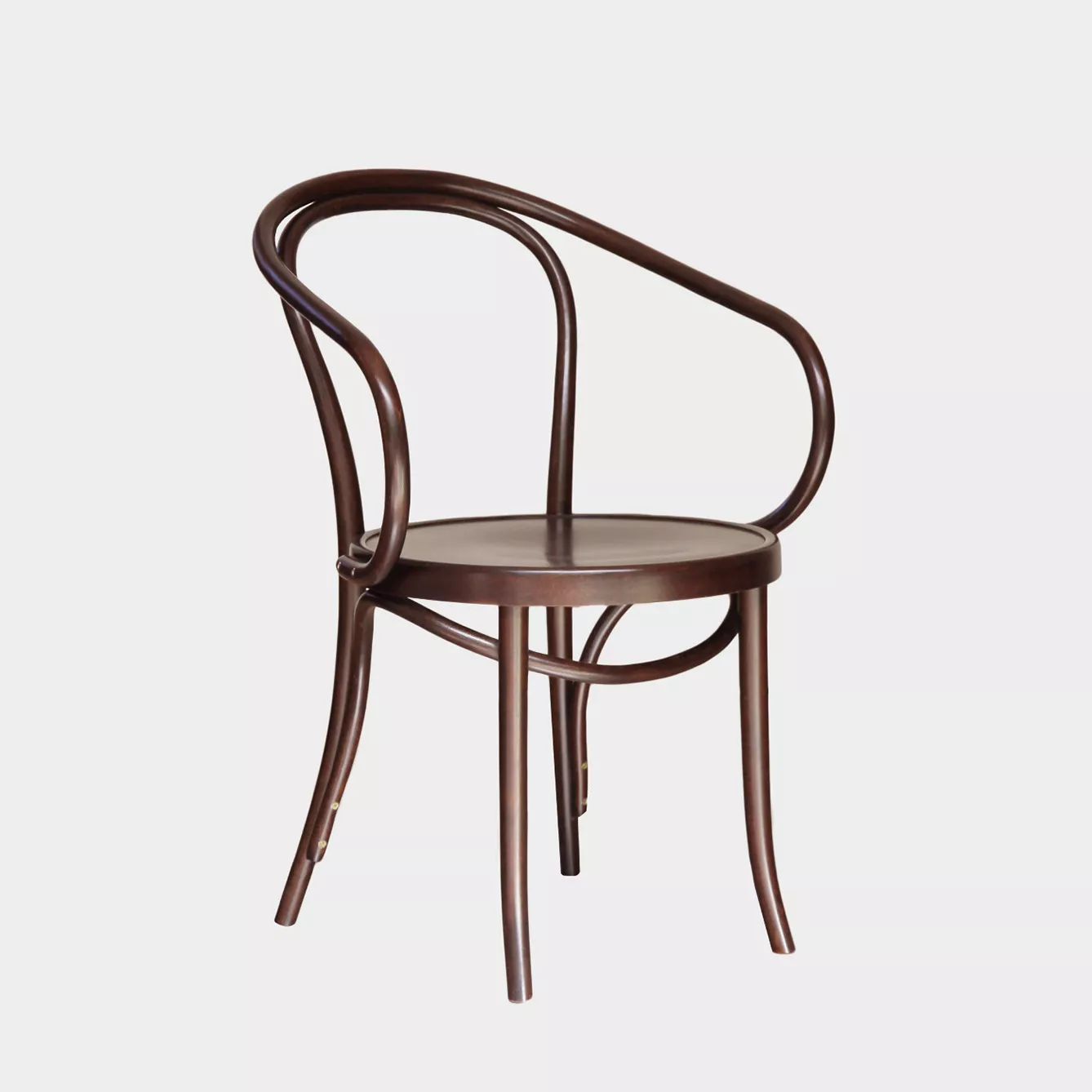

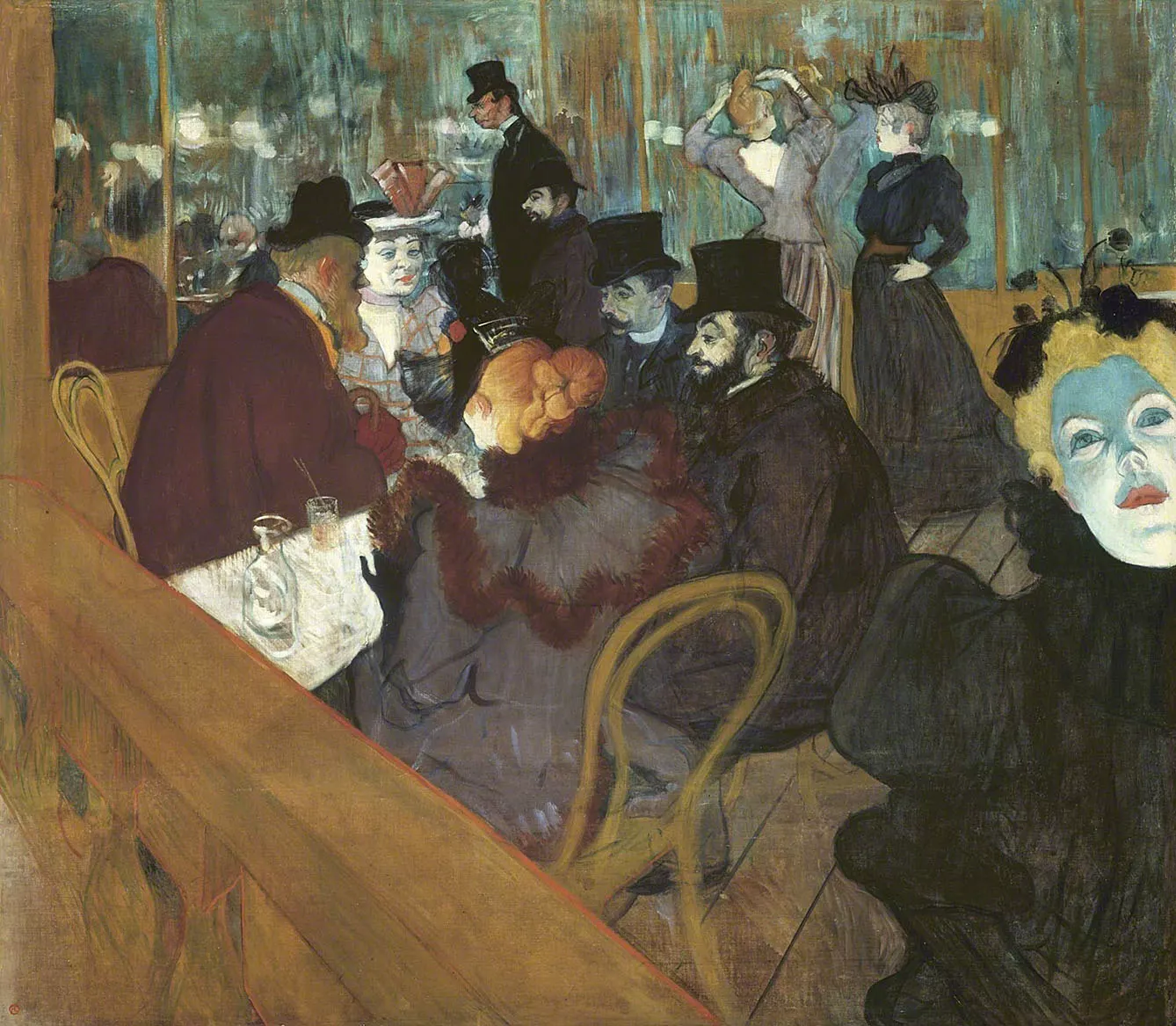
The company takes its name after Michael Thonet – a carpenter of German-Austrian origin. His famous Chair No. 14 made the list of the world’s most iconic pieces of furniture, but it was Czech factories that turned bentwood pieces of furniture into icons of early modernism.
In the early 19th century, Michael Thonet began his experiments with bending wood. When he succeeded, he patented his technique and took his chairs to the Koblenz fair of 1941. He was spotted there by a famous Austrian politician – Prince von Metternich – who invited him to settle in Vienna.
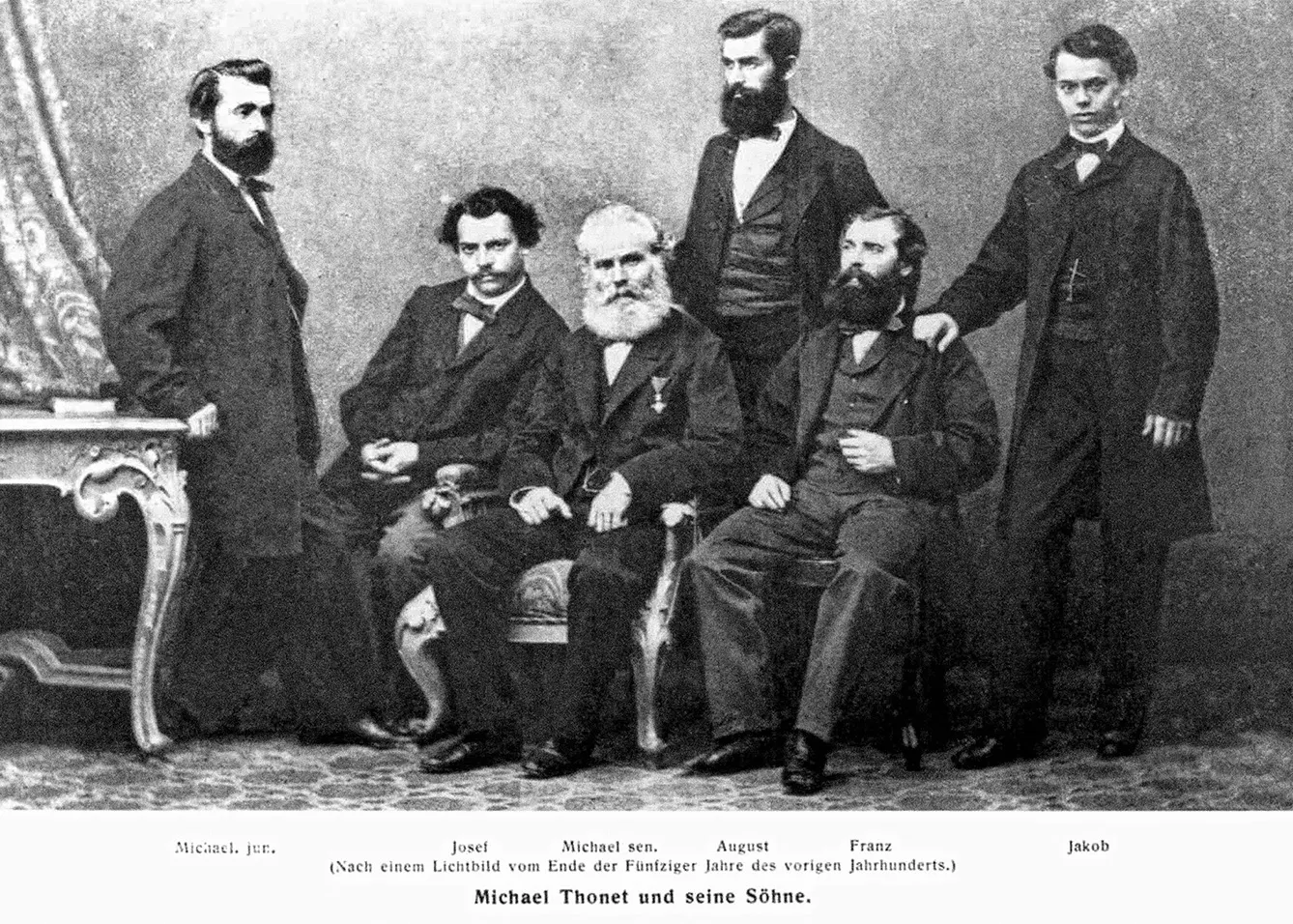
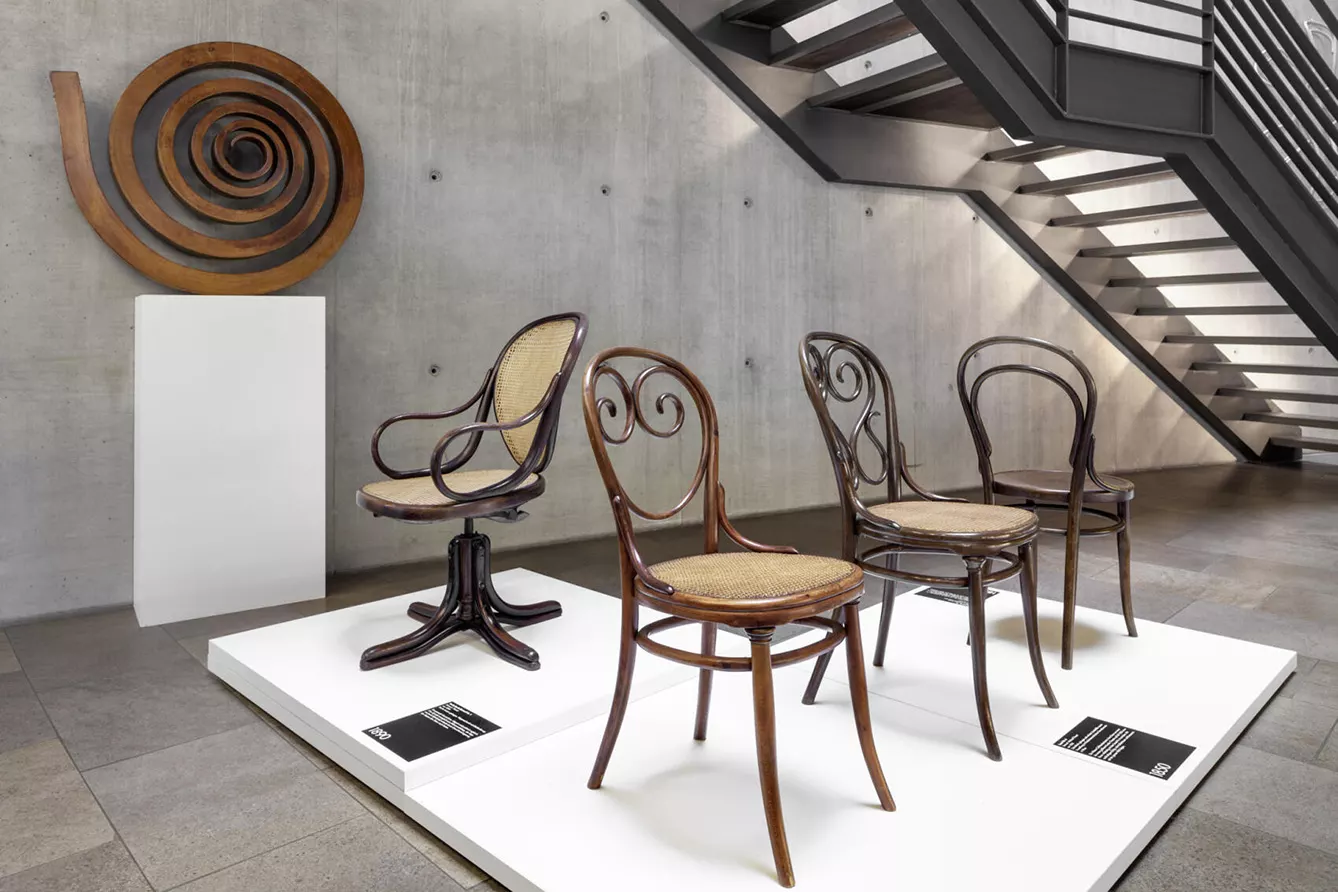
From London to houses across the continent
Starting his company in 1842, Thonet became an Austrian entrepreneur, and it was Austrian cafés that were first equipped with his famous chairs – model No. 4. They were decorated with floral shapes, which are a trademark of the city’s venues. After the famous Great Exhibition of the Works of Industry of All Nations in London in 1851, the company, Gebruder Thonet, became famous across the continent.
The technology was a little different in the day and rendered better results. Instead of freely formed plywood, Thonet Brothers used rosewood elements, which made the chairs elegant but also expensive. Due to the ever-growing success at further fairs and exhibitions, Thonet introduced more factories in Moravian cities – Koryčany, Vsetin, and Bystrice.
The true breakthrough came when Thonet’s furniture became affordable thanks to new technology that bent beech instead of rosewood. The famous Chair No. 14 was introduced in 1859. Still in production even today, some 60 million have been produced.

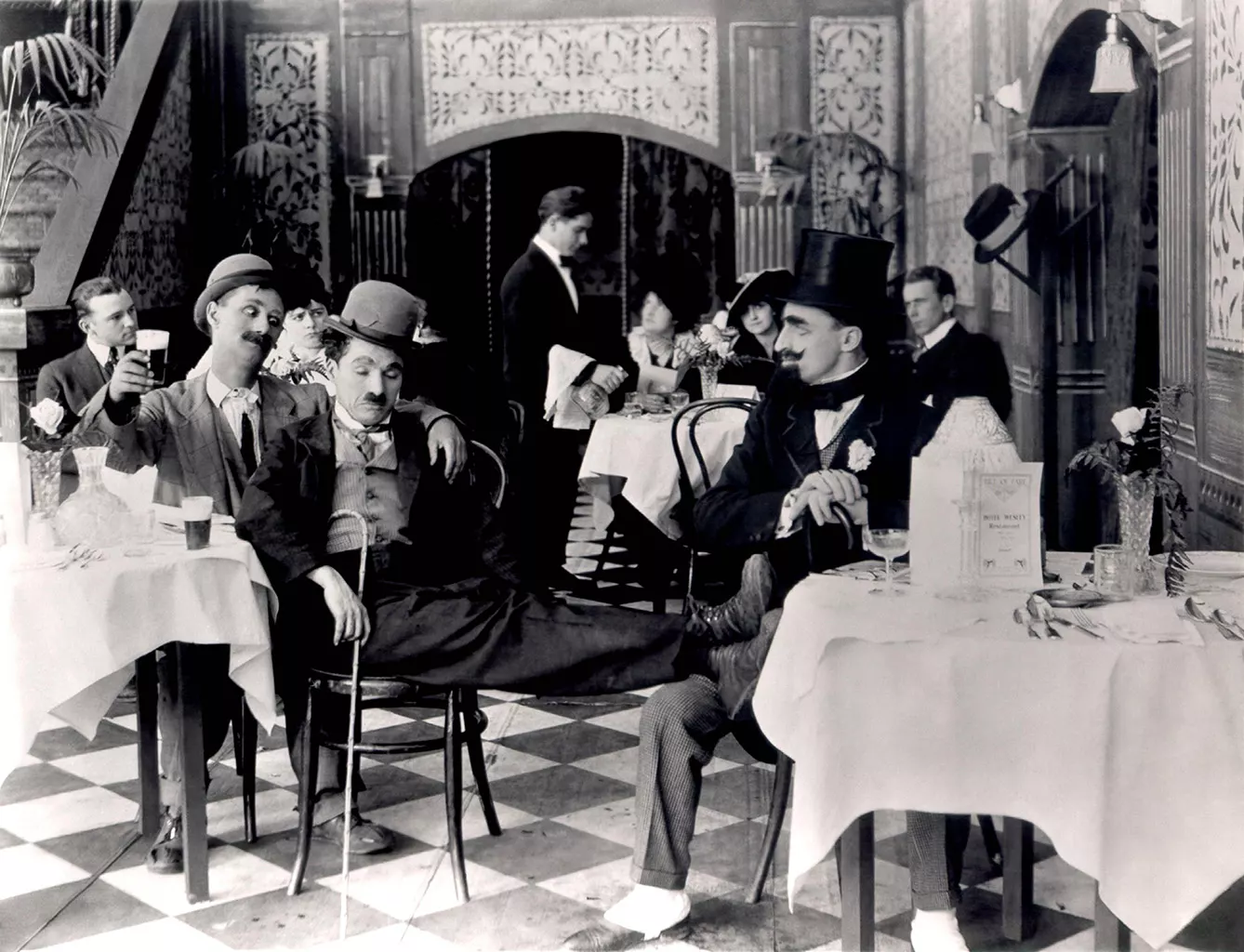
Thonet and early flatpack furniture business
The two bent pieces of wood forming the back of this chair are not only simple and elegant but also surprisingly comfortable. More importantly, the design is easy to scale, with separate elements mass-produced. Thanks to its simple assembly, the product could be widely shipped, as 36 of these chairs could fit in a one cubic meter box.
Eight elements connected by ten screws, light and fashionably curved, make up the Thonet Chair No. 14 that soon found its way to the most elegant interiors of the world – Parisian cafés.
Today, the Thonet family company still uses the same wet-forming technology (no crooked trees involved!), and the famous chair can be purchased under its new name – Chair 214. And though the company is now located in Frankenberg, Germany, Michael Thonet rests in a Viennese cemetery, and his iconic chairs still crowd cafés all over Europe.



